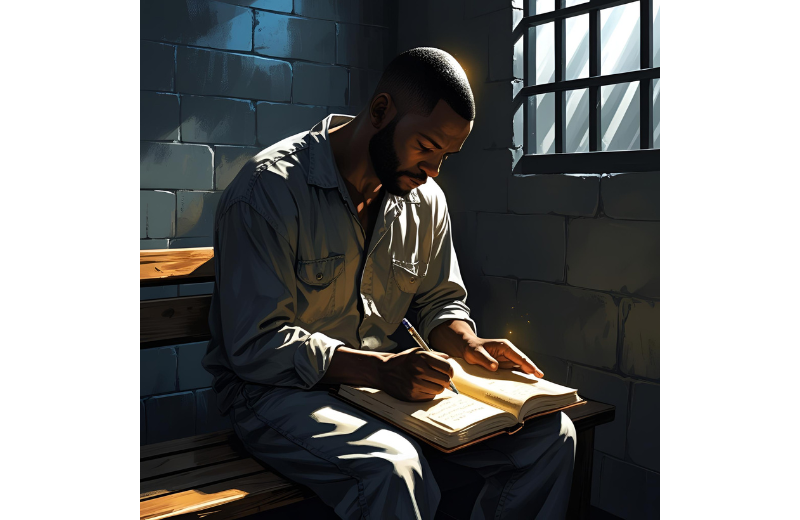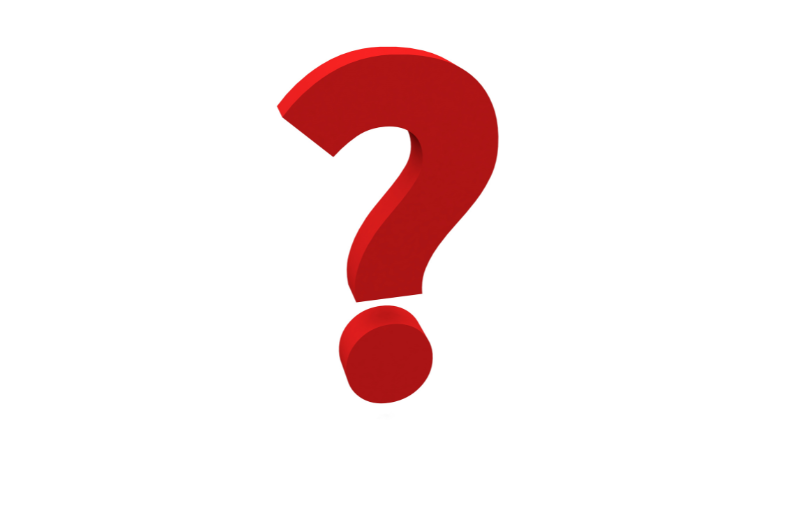If you're exploring storytelling for the first time or refining your writing skills, you've probably wondered what makes a story truly compelling. Is it the gripping sequence of events, or the inner world of the characters? This question leads to one of the most important distinctions in narrative craft: plot-driven vs character-driven stories.
Whether you're hoping to write your first novel or simply want to understand storytelling more deeply, this guide will walk you through the key differences between plot-driven and character-driven stories, using examples and explanations to help you decide which approach is best for the story you want to tell.
Jump to:
- What is a Plot-Driven Story?
- What is a Character-Driven Story?
- Plot-Driven vs Character-Driven: Key Differences
- Is Character-Driven Better Than Plot-Driven?
- Famous Examples: Plot-Driven or Character-Driven?
- How Do You Plan a Character-Driven Story?
- How Do You Plan a Plot-Driven Story?
- What Genres Are Character-Driven?
- Can a Story Use Both?
- Study Our Novel Writing Diploma for £29
Recommended for you!
Best SellersWhat is a Plot-Driven Story?

A plot-driven story is structured around events. The narrative is propelled forward by external happenings — things that occur to and around the characters. The central focus is what happens next, rather than how the character feels about it or how they might change along the way.
These stories are often high-energy, with clear goals, escalating stakes, and plenty of twists. The characters are important, but they’re mostly there to respond to the events unfolding.
The definition of a plot-driven story is a narrative where action, conflict, and resolution dominate, and characters serve to carry out the demands of the storyline.
Key traits of plot-driven stories:
- The narrative is led by external events
- Characters tend to react more than initiate
- The pace is often fast and goal-oriented
- Internal development of the character is minimal
- The outcome is usually determined by actions, not introspection
What is a Character-Driven Story?

In a character-driven story, the events exist primarily to serve the internal journey of the main character. These stories are powered by decisions, emotions, relationships, and growth. The focus is not just on what happens, but why it matters to the individual experiencing it.
Rather than having the story happen to the character, the character often creates the story through their choices and transformations.
The definition of a character-driven story is a narrative where the plot is shaped by the protagonist's internal struggles, development, and emotional journey.
Key traits of character-driven stories:
- The story centres on emotional or psychological growth
- Events arise from the character’s decisions
- Conflict is often internal or relational
- The pace may be slower or more contemplative
- The transformation of the character is the story’s core
Plot-Driven vs Character-Driven: Key Differences
Understanding the difference between plot-driven and character-driven storytelling is not about choosing one over the other but recognising their distinct features. Here are the major contrasts:
Story Focus
- Plot-driven stories ask: What happens next?
- Character-driven stories ask: Why does it matter, and how does it change the character?
Source of Conflict
- Plot-driven stories involve external challenges: a villain, a disaster, a heist.
- Character-driven stories explore internal dilemmas: fear, grief, indecision, identity.
Pace and Structure
- Plot-driven stories tend to follow traditional story structures with beats, twists, and climaxes.
- Character-driven stories may be more fluid, following the rhythm of a personal or emotional transformation.
Role of the Character
- In plot-driven stories, the character fits into the story.
- In character-driven stories, the story bends around the character.
Reader Engagement
- Plot-driven stories hook readers with action and suspense.
- Character-driven stories draw readers in with emotional depth and relatability.
Is Character-Driven Better Than Plot-Driven?

It’s a common question — is character-driven better than plot-driven? The answer is: it depends on the story you’re telling. A great thriller may thrive on a tight, plot-driven structure. A moving coming-of-age tale might be better served by a character-led approach.
The best stories often blend the two. A plot can push a character into growth. A character’s change can alter the direction of the plot. Ideally, the two work together to create a rich, balanced experience.
Famous Examples: Plot-Driven or Character-Driven?
To better understand how these styles work, here’s how some well-known stories are commonly classified.
Is Game of Thrones plot-driven or character-driven?
Game of Thrones began as a deeply character-driven story, especially in its early seasons, where complex personalities and moral ambiguity shaped the narrative. However, by the later seasons, it became more plot-driven, with events accelerating in a way that sometimes sidelined character consistency.
Is LOTR character-driven or plot-driven?
The Lord of the Rings is largely plot-driven. The story is shaped by the mission to destroy the One Ring, with each event designed to support that goal. While the characters, especially Frodo and Aragorn, undergo change, it’s the external journey that drives the narrative.
Is Harry Potter plot or character-driven?
The Harry Potter series blends both but leans more towards being plot-driven. Each book centres around a central mystery or challenge. However, Harry’s emotional journey and the deepening complexity of relationships introduce strong character-driven elements, especially in the later books.
Is Star Wars character or plot-driven?
Star Wars contains both styles. The original trilogy is mostly plot-driven — rebels fighting an evil empire. But it’s Luke Skywalker’s personal journey and Anakin’s descent into Darth Vader that bring strong character arcs into the series.
Is One Piece character-driven or plot-driven?
One Piece is often considered character-driven. Although there’s a long-term goal — finding the One Piece treasure — the story heavily explores the backstories, dreams, and decisions of the main cast, making their growth central to the narrative.
Is The Great Gatsby plot or character-driven?
The Great Gatsby is a textbook example of character-driven fiction. The plot is straightforward, but it’s the character motivations, relationships, and psychological themes that give the story its power.
Why is Sherlock Holmes written as a static character?
Sherlock Holmes is a classic case of a plot-driven protagonist. He’s intentionally written as a static character — brilliant, consistent, and unchanging — because the stories are built around solving mysteries, not personal development.
How Do You Plan a Character-Driven Story?

To plot a character-driven story, begin with your character’s internal world. Ask:
- What do they want?
- What do they fear?
- What will they have to face to grow?
From there, shape events that force them to confront those inner conflicts. The climax should reflect a personal shift — a change in belief, attitude, or self-understanding — not just an external success or failure.
How Do You Plan a Plot-Driven Story?
To plan a plot-driven story, start with the central concept or scenario that will drive the action. Ask:
- What is the main goal or conflict?
- What obstacles will the characters face?
- What events must happen to build tension and move the story forward?
From there, outline a clear structure — beginning, middle, climax, and resolution — ensuring each event naturally leads to the next. The climax should deliver a decisive outcome based on external action, rather than inner transformation.
Recommended for you!
Best SellersWhat Genres Are Character-Driven?
Character-driven stories are common in genres like:
- Literary fiction
- Romance
- Coming-of-age
- Drama
- Psychological thrillers
That said, plot-heavy genres like fantasy, sci-fi, and crime can still include deeply character-driven subplots. A genre doesn’t dictate style — your approach does.
Can a Story Use Both?
Yes — and some of the most loved stories do. Combining plot momentum with character depth creates narratives that are both exciting and emotionally resonant. A mystery can be made more powerful by the detective’s personal journey. A romance can be intensified by outside obstacles.
You don’t have to choose one style and stick to it. Instead, consider where your story begins — with an event, or with a person — and let the other element support it.
Study Our Novel Writing Diploma for £29
Now that you know the difference between plot-driven and character-driven stories, why not take your writing to the next level? At Centre of Excellence, our Novel Writing Diploma Course is available at a discounted price of £29. Discover more tips, templates, and expert guidance on character development and other aspects of fiction writing.












